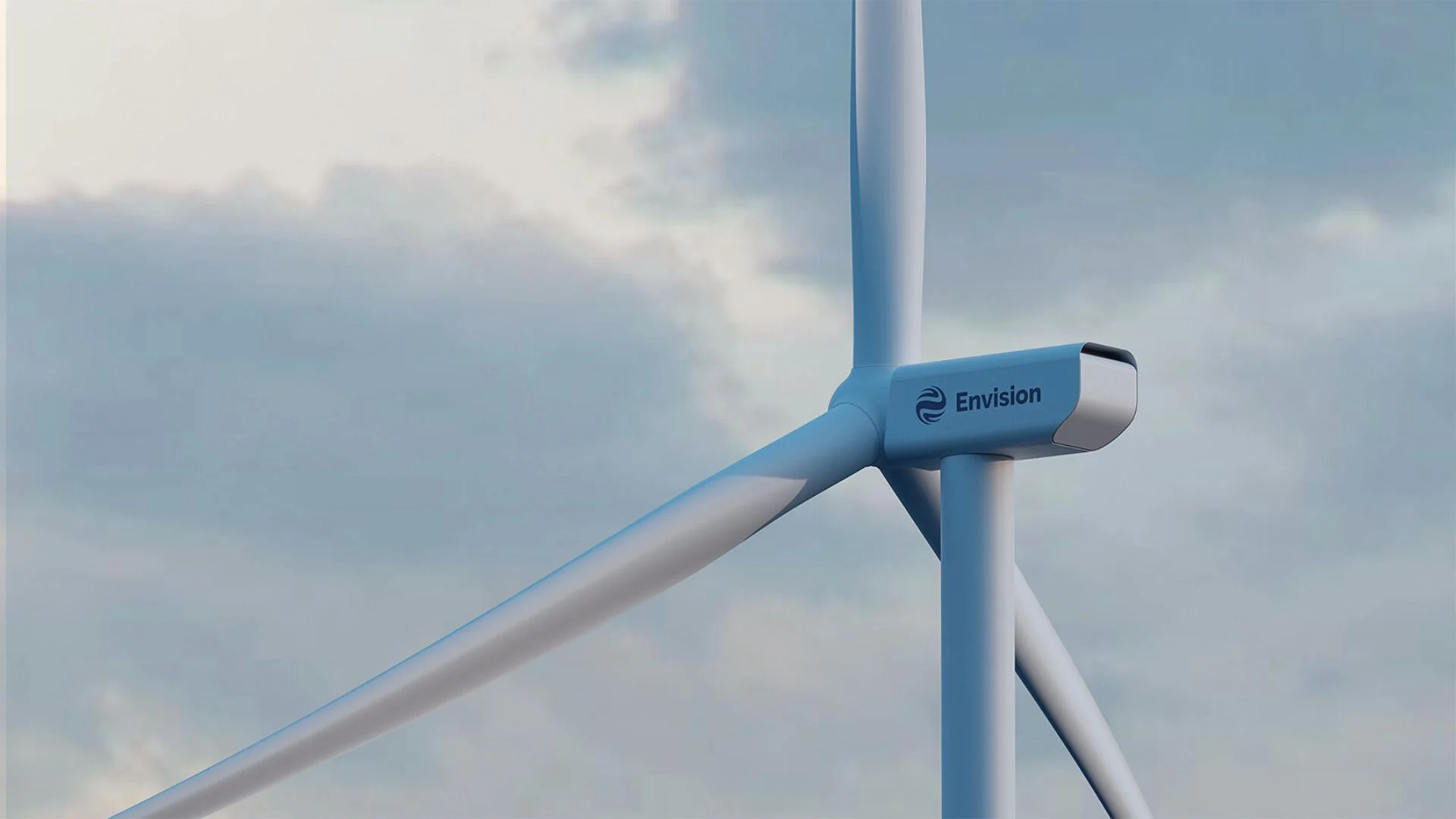Wind power is one of the fastest-growing renewable energy sources in the world. As wind turbines get bigger and more efficient, operators are looking to emerging technologies like artificial intelligence (AI) and the Internet of Things (IoT) to further improve performance and reliability.
How AI and IoT Benefit Wind Turbines
There are several ways that AI and IoT sensors are making wind turbines smarter:
Predictive Maintenance
Hundreds of sensors embedded throughout modern wind turbines gather performance data on things like temperature, vibration, electrical currents, and more. AI systems analyze this time series data to detect subtle changes that indicate a component is degrading or about to fail. This allows maintenance to be scheduled in advance, minimizing costly unplanned downtime.
Optimized Energy Output
AI algorithms study historical weather patterns and forecast data to determine optimal positions for the turbine blades at all times. The algorithms are continually updated with new data from sensors on wind speed, direction, etc. This can increase the energy captured from the wind by as much as 20-30%.
Detecting Design Flaws
As newer turbines are deployed, embedded sensors monitor their real-world performance under diverse conditions. AI looks for patterns indicative of design problems. This allows issues to be fixed at the manufacturing stage, ensuring each new generation of turbines is better than the last.
Cloud Platforms for AI Model Training
The massive amounts of data from geographically distributed wind farms is aggregated on cloud-based IoT platforms. These platforms enable data scientists to develop and refine AI models using the latest machine learning algorithms. The trained models are then deployed back to the wind turbines to improve their decision-making capabilities.
Microsoft Azure
Microsoft Azure provides an end-to-end platform encompassing IoT sensors, database storage, advanced analytics, and global connectivity. Azure Machine Learning has powerful automation capabilities allowing new AI models to be rapidly built and deployed without data science expertise.
AWS IoT Greengrass
Amazon Web Services (AWS) Greengrass allows AI models to run directly on devices. This avoids latency and connectivity issues associated with cloud AI. Greengrass ensures wind turbine sensors get rapid, local inferences even with intermittent connectivity. The processed data is then sent to the AWS cloud.
GE’s Predix Platform
GE’s industrial IoT Predix platform is purpose-built for asset monitoring and optimization scenarios with time-series sensor data. Wind farm operators can quickly connect turbine data streams to Predix for analysis and monitoring. Predix also simplifies deploying AI algorithms to maximize turbine efficiency and reduce maintenance costs.
Edge Computing in Wind Turbines
Modern wind turbines have dozens of small onboard computers supporting sensors, control systems, communication interfaces, and more. Increasingly, turbines are leveraging these existing computing resources to run AI algorithms on-premise rather than relying solely on cloud platforms. Performing analytics at the “edge” has several advantages:
Reduced Latency
Making decisions on raw sensor data within the turbine eliminates network delays. This enables faster responses to changing wind conditions and immediate shutdowns when critical thresholds are exceeded. For pitch and yaw control, latency can severely impact efficiency.
Operational Resilience
Relying on cloud connectivity exposes turbines to the risk of downtime from issues like network outages. Edge AI provides reliable local automation even with degraded backhaul connectivity. This ensures smooth, continuous operation in remote wind farm locations.
Lower Costs
Transmitting massive sensor data to the cloud for analysis is expensive, requiring high bandwidth connectivity. Edge AI allows turbines to pre-process data, only sending condensed, relevant analytics back to cloud systems. This reduces backhaul needs resulting in lower connectivity costs.
Key Players Advancing Wind Turbine Intelligence
Major wind turbine manufacturers are all investing in bringing edge devices, sensors, AI software, and cloud analytics together to create the next-generation smart wind farm:
Siemens Gamesa
Siemens Gamesa recently acquired SenseFell, a start-up focused on machine learning for predictive maintenance. SenseFell’s AI algorithms running at the edge automatically detect anomalies and warn of potential failures up to 3 weeks in advance.

Vestas
Vestas, a world leader in wind turbines, partners with Uptake and GE to provide an end-to-end hardware, software, and analytics platform tuned specifically for wind energy assets. Their advanced digital solutions incorporate machine learning and industrial IoT capabilities.
Enercon
Enercon offers a Smart Turbine Package with an integrated edge computing platform to enable third-party apps. Partners are building innovative AI solutions leveraging Enercon’s sensors and APIs to maximize performance, reliability, and yield.
Advancements in AI and IoT are critical to scaling wind energy globally. As these technologies permeate throughout modern wind farms, the future is bright for smarter, more efficient, and lower-cost wind power. Leading turbine makers are rapidly adopting analytics, automation, and machine learning techniques building on innovations from high-tech startups and platform providers. The renewables industry will continue harnessing cutting-edge digital technologies even further as demand grows globally for clean, cost-effective wind power.
